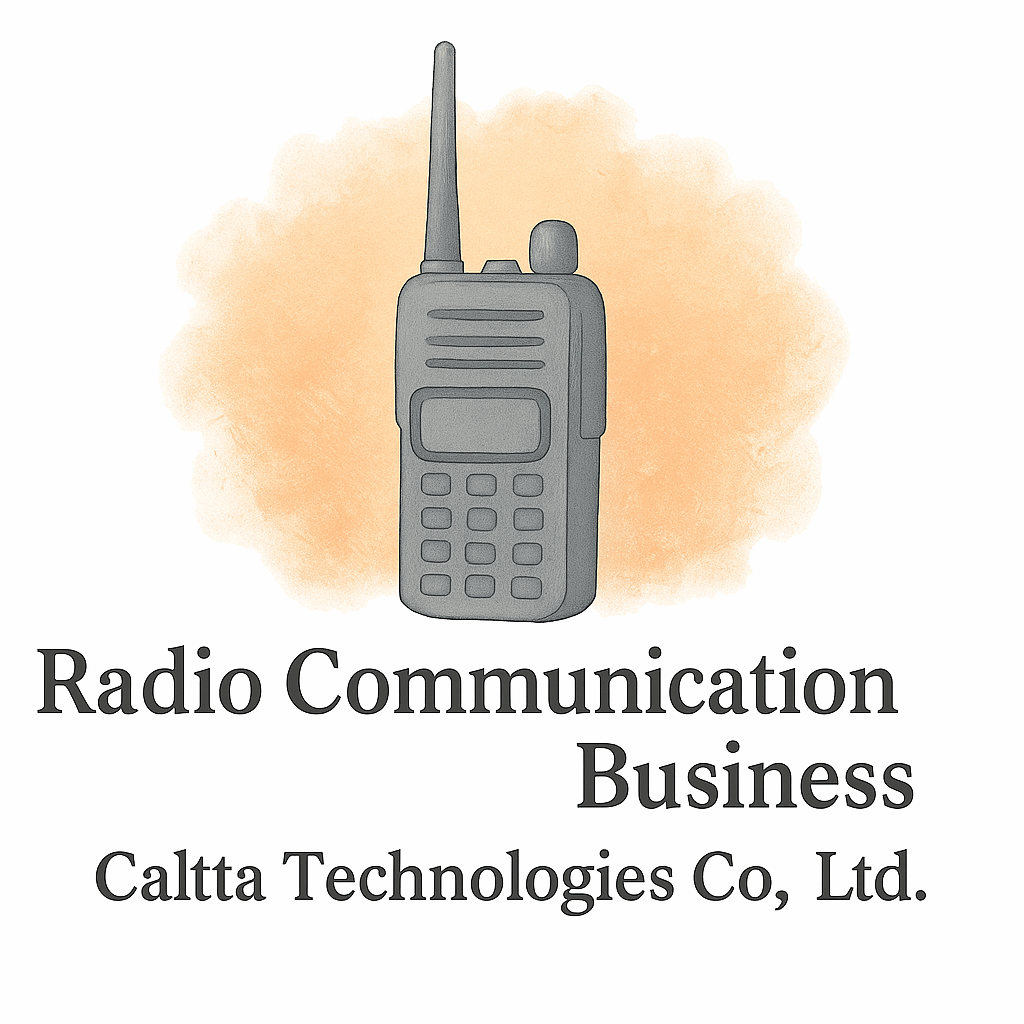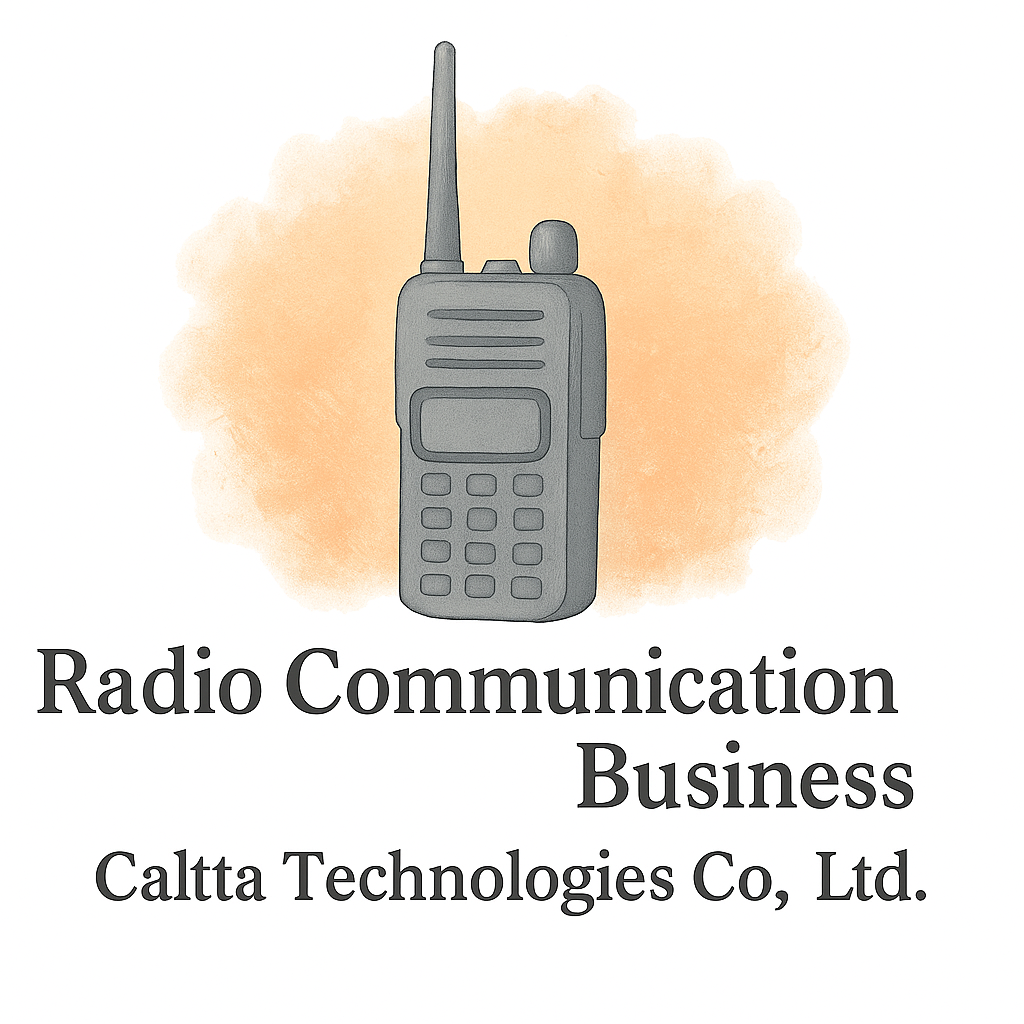Introduction: Why Secure Radio Communication Matters in a Crisis
When chaos strikes, every second counts. Whether it’s a natural disaster, security threat, or large-scale emergency, secure radio communication can mean the difference between order and disaster. Radios are the lifeline that connect first responders, medical teams, and crisis managers—but without security, they can also expose vulnerabilities. That’s why following best practices is essential to keep messages clear, confidential, and reliable.
Understanding Radio Communication in Emergency Situations
How Radio Communication Works During a Crisis
Radio communication allows teams to connect quickly without relying on fragile cellular networks that often collapse under heavy use during emergencies. Unlike phone calls, radios offer instant push-to-talk messaging, ensuring teams stay in sync.
Why Security Becomes Critical in Emergencies
In a crisis, unsecured radio channels can be intercepted, jammed, or misused by unauthorized individuals. Imagine a disaster zone where intruders listen in and exploit the situation. That’s why secure radio communication in crisis is not optional—it’s mission-critical.
Best Practices for Secure Radio Communication in Crisis
1. Establish Clear Communication Protocols
Without structure, communication turns into noise. Protocols keep everyone aligned.
Standard Operating Procedures (SOPs)
SOPs define how messages should be delivered, when updates should be made, and which channel to use in specific scenarios.
Common Language & Codes
Using plain language and pre-defined codes reduces confusion, especially when multiple agencies collaborate.
2. Use Encrypted Radio Channels
Importance of Encryption
Encryption ensures only authorized users can decode the conversation, making it nearly impossible for outsiders to eavesdrop.
Avoiding Unauthorized Interference
Encrypted systems prevent outsiders from injecting false information into your communication stream.
3. Train All Users on Crisis Communication
Regular Drills and Exercises
Training shouldn’t be a one-time thing. Regular drills simulate real-world crises, preparing teams for the pressure of live emergencies.
Reducing Human Error
Most breaches happen because of mistakes, not technology. Proper training reduces errors that compromise secure radio communication in crisis.
4. Maintain Redundant Communication Systems
Backup Radios and Power Sources
Having spares ensures that even if one system fails, communication continues. Solar chargers, battery backups, and spare radios are must-haves.
Multi-Channel Options
Multiple frequency options provide flexibility if one channel is compromised.
5. Prioritize Confidentiality in Sensitive Operations
Handling Classified Information
Certain details—like troop movements or medical supply routes—must never be transmitted on open channels.
Protecting Personnel Safety
Confidential communication ensures that the wrong people don’t gain access to life-or-death information.
6. Monitor and Update Radio Equipment Regularly
Maintenance and Testing
Radios that aren’t tested regularly may fail when needed most. Weekly check-ins ensure reliability.
Upgrading Technology
Outdated systems are easier to hack. Investing in modern equipment technology (source) boosts security and performance.

7. Limit Radio Access to Authorized Personnel
Role-Based Access
Not everyone in an organization needs radio access. Assign channels only to those with essential roles.
Preventing Misuse
Unauthorized access could lead to panic, confusion, or misinformation spreading in a crisis.
8. Implement Strong Identification Practices
Call Signs and Authentication
Unique call signs make it easy to identify legitimate operators. Voice authentication adds another security layer.
Preventing Impersonation
Clear identification prevents malicious actors from pretending to be part of your team.
9. Balance Security with Speed in Emergencies
Streamlined Procedures
While security is crucial, procedures shouldn’t slow down emergency response. Keep things simple but secure.
Avoiding Overcomplication
Overly complex security steps may lead users to bypass them. Balance is key.
10. Integrate Radio Communication with Other Systems
Digital Tools and Software
Integrating radios with apps, dashboards, and GPS improves crisis management.
Coordination with Emergency Services
Radio systems should connect seamlessly with police, fire, and medical services.
11. Stay Compliant with Regulations and Laws
Understanding Local & International Rules
Each country regulates frequencies differently. Staying compliant avoids interference with critical services.
Avoiding Legal Risks
Non-compliance can lead to fines, shutdowns, or even legal action. Learn more about compliance here.
Common Mistakes to Avoid in Crisis Communication
Over-Reliance on One Channel
If one frequency is compromised or fails, the entire system collapses. Always have backups.
Lack of Proper Training
Even the best technology fails without skilled users. Training should be ongoing.
Ignoring Updates in Technology
Sticking to outdated gear is a recipe for disaster. Embrace upgrades to stay secure.
Industry Insights: Radio Communication Trends
The Role of Technology in Crisis Response
Emerging tools like AI-driven radio monitoring and IoT integration are reshaping secure communication.
Future of Secure Radio Systems
Expect more advanced encryption, better integration with digital systems, and tools that simplify business startup basics (source) for emergency communication companies.
Conclusion
Secure radio communication in crisis is more than just pressing a button—it’s about preparation, training, and protecting sensitive information. By adopting encryption, clear protocols, and redundancy, organizations can safeguard their operations and people. The goal isn’t just to communicate, but to communicate securely when it matters most.
For more resources, explore CALTT International, where you’ll find expert insights on financial planning, marketing and branding, and industry-focused tools.
FAQs
1. Why is secure radio communication important in emergencies?
It prevents outsiders from listening in, jamming signals, or spreading misinformation during a crisis.
2. How often should radio systems be tested?
At least weekly, with full-scale crisis drills conducted quarterly.
3. What encryption methods are best for radios?
AES (Advanced Encryption Standard) is widely used for strong radio encryption.
4. Can radios be hacked?
Yes—unsecured or outdated radios are vulnerable, which is why upgrades and encryption are essential.
5. What’s the biggest mistake organizations make with crisis radios?
Over-reliance on one channel or device without backups.
6. Do all personnel need access to secure radio channels?
No. Access should be limited to essential staff to prevent misuse.
7. How do radios fit into modern crisis management?
They integrate with apps, GPS, and digital tools, making them a cornerstone of effective communication.


